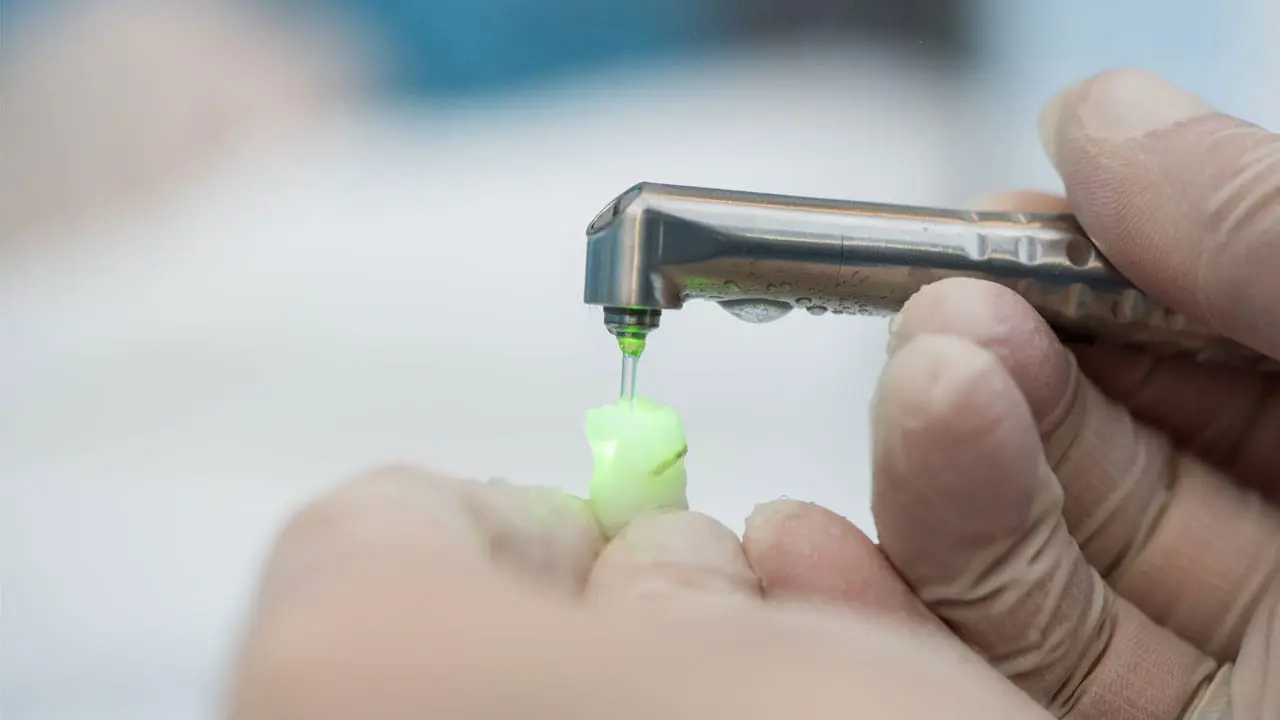
Have you heard of laser dentistry? This is a highly innovative type of dental service. A minimally invasive option, it is good to have if a patient needs cavity treatment or gum surgery. This article will answer your questions about it.
Laser Dentistry Removes or Alters Tissue
Dentists use lasers to get rid of or change small amounts of tissue. Of course, not only dentistry uses lasers. Yet, a lot of patients have never heard of them before getting a procedure. Dentists use lasers to whiten teeth or reshape gums. They can be perfect for children who have dental fear.
How Can They Help?
Here are some problems laser dentistry can help with:
- Cold sore pain treatment
- Canker sore pain treatment
- Gum disease
- Root canals
- Inflamed gums
- Biopsies
- Damaged nerves
- Exposing wisdom teeth
- Sleep apnea
- Removing tumors
Advantages of the Procedure
Laser dentistry offers undeniable benefits for procedures. It reduces healing time and discomfort. The patient might not need anesthesia and suture. The laser makes infections less likely because it sterilizes the gums. Compared to conventional surgery, the patient loses less blood.
How Do You Do It?
To the surprise of many, the process is quite like getting a tooth filling. You get a little bit of anesthesia and a sedative if you are anxious. You won’t feel anything from the laser during the procedure. It is a far cry from the discomfort of a dental drill.
Outcomes
Post-op experiences after laser dentistry are uncomplicated. You won’t have much bleeding from the area of surgery, if any. Lasers cause much less bleeding than other dental tools, like scalpels. People have open wounds with scalpel procedures, but not with laser ones.
Getting an infection is unlikely. Still, the patient should heed cleaning and care instructions. They can expect minor post-op irritation.
Types of Lasers
Dentists use two main types of lasers: hard and soft tissue lasers. The ones they choose depend on the procedure. Hard lasers and soft lasers use different wavelengths. This makes one or the other suitable for use on a certain tissue type. They work because different tissues absorb different wavelengths. Scientists have worked on changing the light’s wavelength and pulse to design lasers with light wavelengths suitable for different oral tissue.
Soft Tissue Lasers
Water and hemoglobin absorb the light wavelength of this laser type easily. There is hemoglobin in blood. This is why soft tissue lasers are perfect if the dentist needs to work on your gums. Some of these lasers are equipped with special diodes, which have a continuous wave.
What are they good for? One thing is sealing open blood vessels. Another is cutting into soft tissue. This is why you don’t bleed a lot and heal faster after this type of dentistry. With soft tissue lasers, you see results at once. This makes them an outstanding choice for cosmetic dentistry.
Other procedures, for which dentists use soft tissue lasers, include crown lengthening and limited tongue movement. They can be used to make your smile prettier by reshaping the gums.
Hard Tissue Lasers
Dentists mainly use these for teeth. As mentioned, the wavelength is different to that of soft lasers. It can cut through bone and penetrate water. More specifically, it treats the calcium phosphate inside your teeth and bones. These lasers make 100% precise incisions. They can remove parts of teeth to prepare for procedures or to shape teeth. Dentists use hard tissue lasers to detect cavities and prepare teeth for fillings. They can reduce tooth sensitivity.
To inquire about Valley Dental Care’s laser dentistry services, send us an email or give us a call today.

